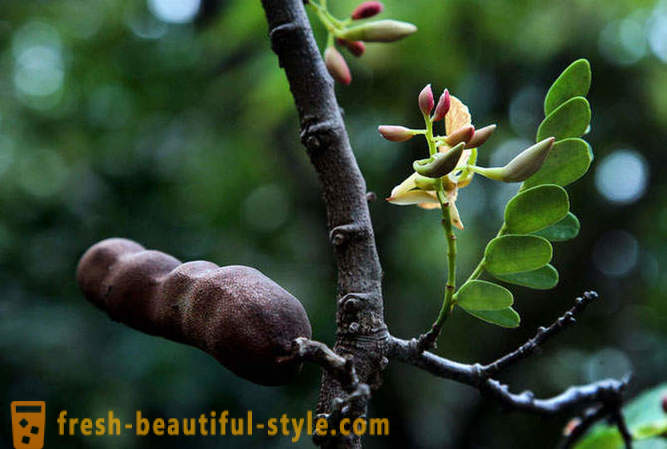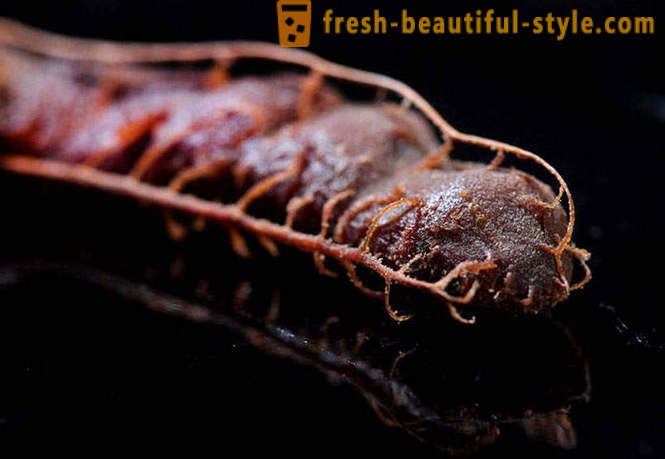Guide to Exotic Fruits
• Guide to Exotic Fruits
Frankly, inexperienced onward travel and non-gourmets people will be surprised by the abundance of unfamiliar names and place of cultivation of this fruit.
Confident, even if you really visited all corners of the world, to try something of the above did not have time. Interesting facts may be hidden and exotic fruits.

So let's start with more or less known guava, which is growing in the South, and even in North America. It is rich in vitamins A and C, and its flavor can vary from acidic to lusciously sweet, as well as the flesh color, from white to greenish and scarlet.
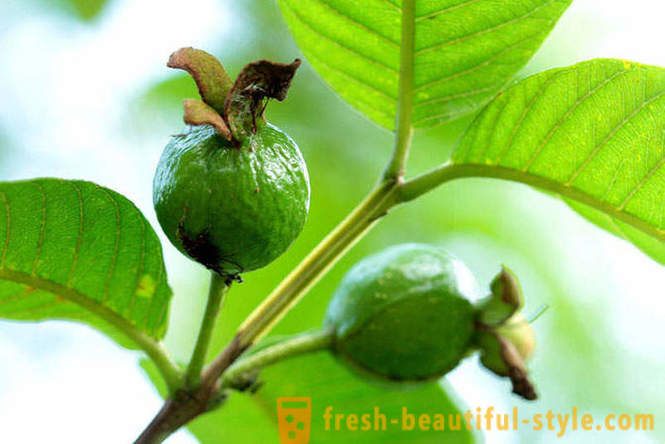
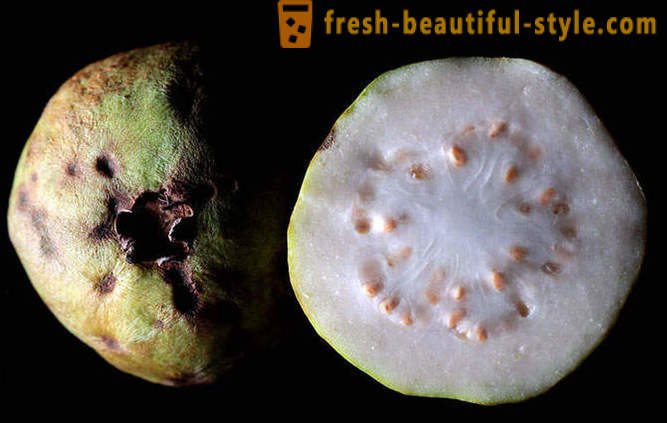
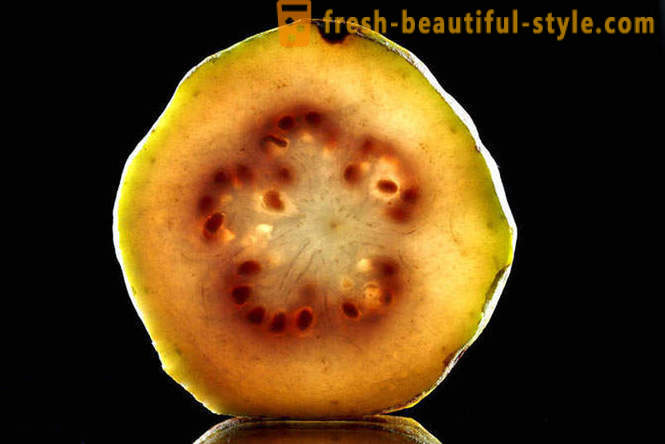
The Barbados cherry - a unique plant, whose fruits contain more vitamin C than, for example, oranges. Very juicy Barbados cherry grows in Central and South America as well as in Australia and several countries in Africa.

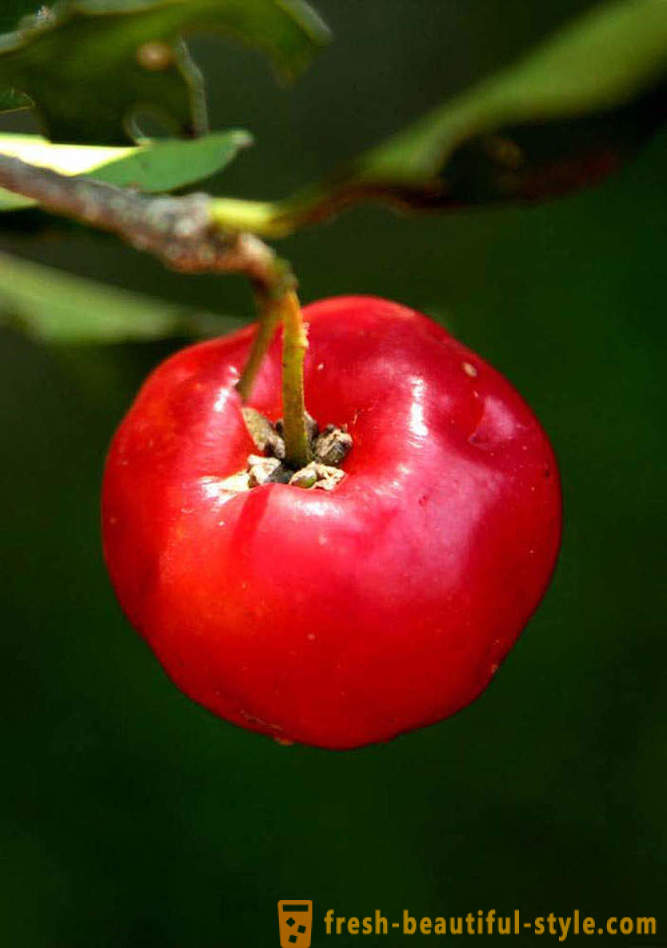
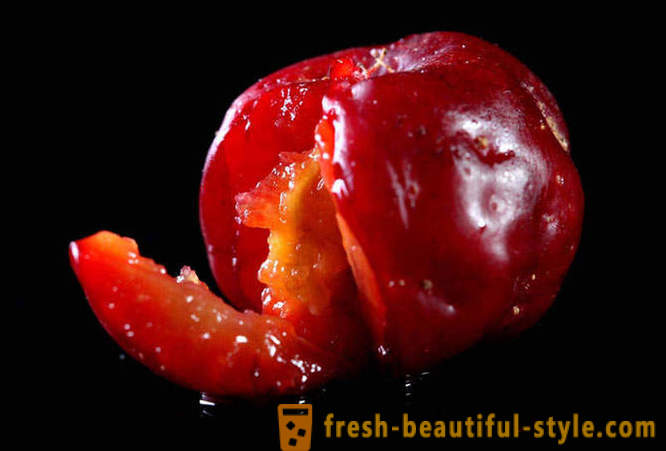
Long An - is an evergreen tree, also known as the "dragon's eye". It grows in the south-eastern part of Asia. Whitish translucent flesh and bone brown create really the impression that the dragon eye you. The flesh is very juicy and sweet, it contains a large amount of amino acids needed by the human skin.

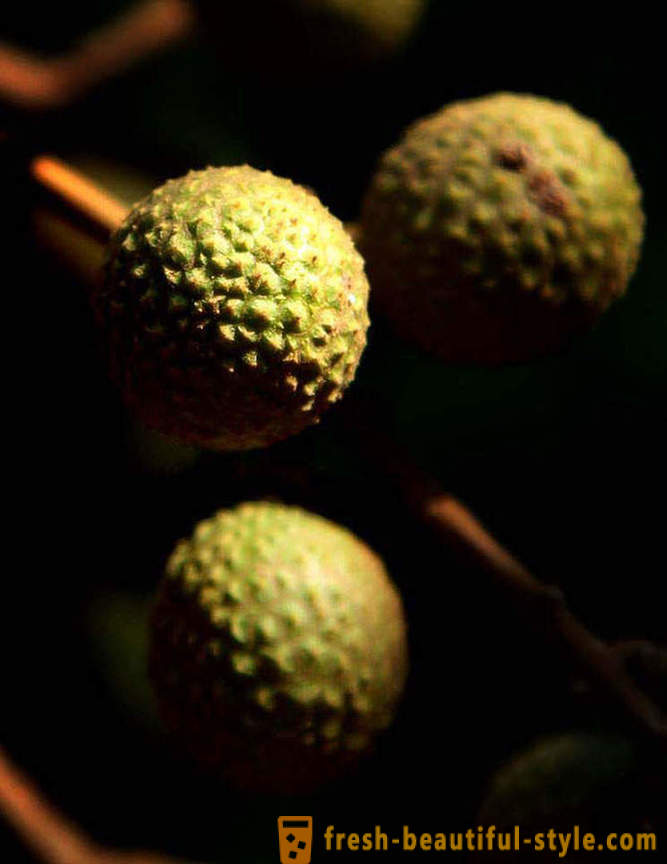
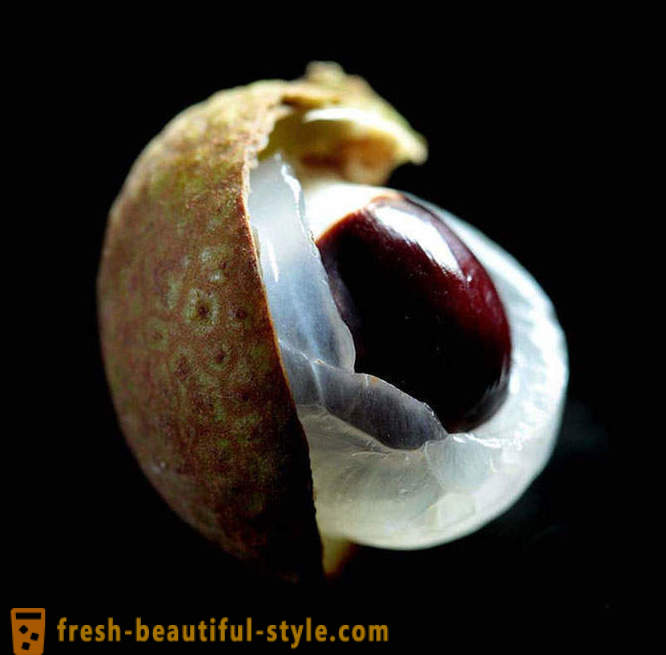

One of the world's largest fruit tree fruit - jackfruit. It can weigh up to 34 kilograms, with a length of 90 cm and a diameter of 20 cm. It grows in India and Bangladesh, the Philippines, South and Central America, as well as in Oceania and the eastern part of Africa. Jackfruit contains more starch than the traditional bread. Unripe fruits cooked as vegetables and ripe - like fruit.
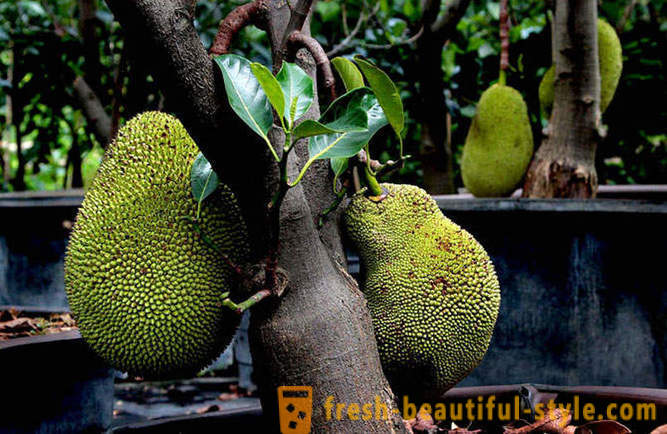
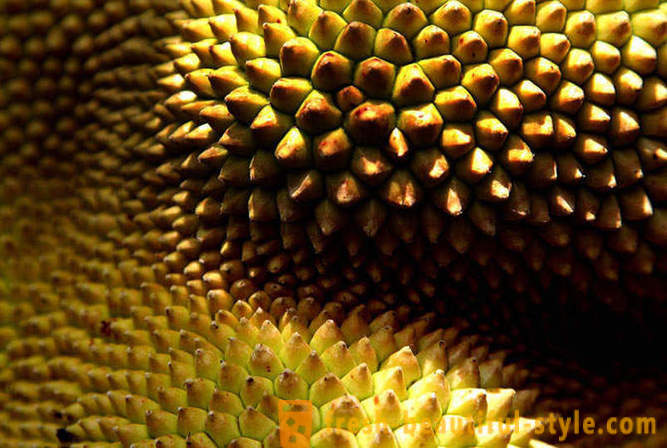

black sapote is very close to the persimmon. It is grown in Central and South America as well as in Oceania and the Philippines. The pulp of ripe fruit tastes like chocolate pudding, but much juicier.
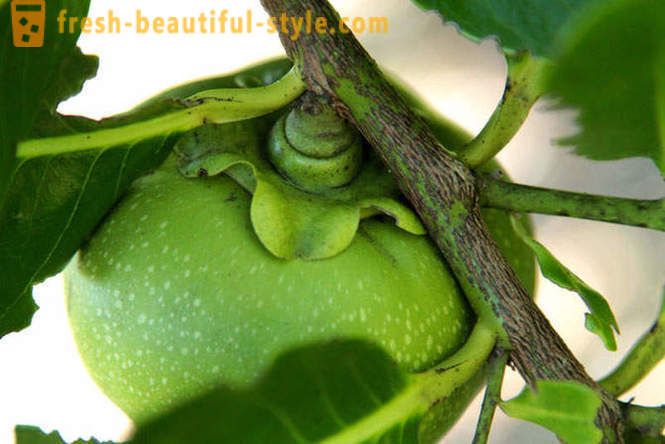
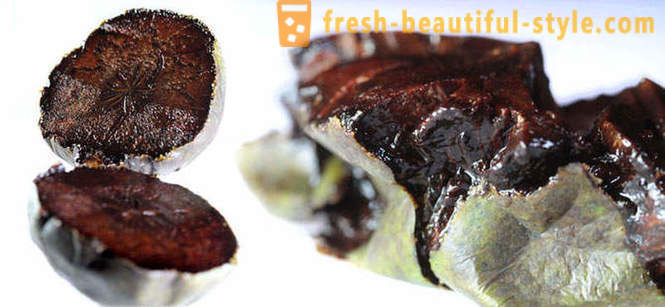
Mexican plum - very juicy and fragrant fruit, growing not only in Mexico but throughout Central America and many countries in South America. Popular in Nigeria and the Philippines.
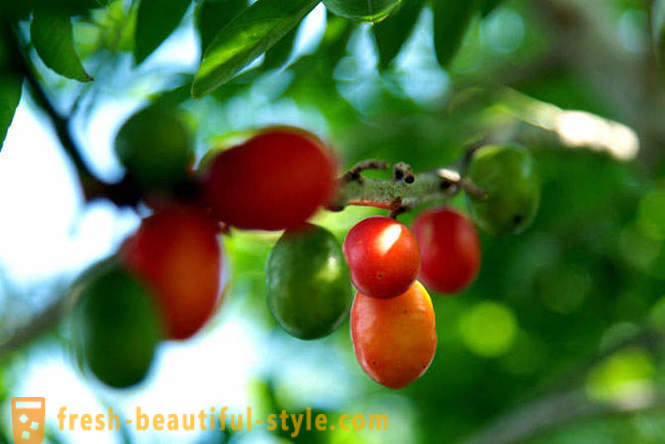

Chinese lychee very similar to taste the grapes. The only difference between taste - mild astringent aftertaste. Contain a high percentage of nicotinic acid prevents the development of atherosclerosis. A very popular fruit in Southeast Asia.
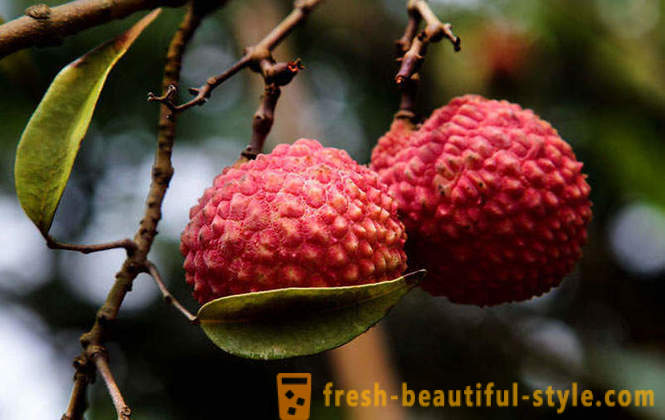

Mango knows literally everything and almost everything tasted. And no wonder. After all, it is believed that the mango absorbs all the colors and flavors of the tropics.
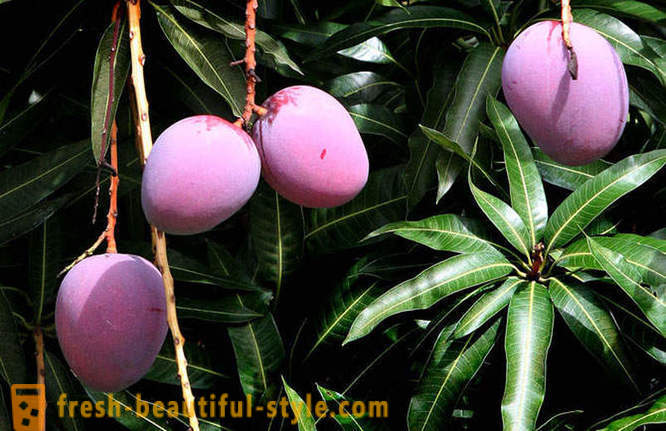

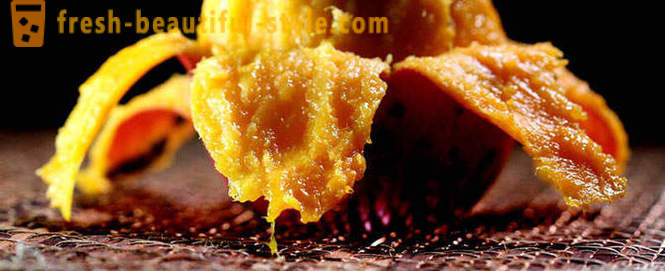
Papaya is very sensitive to cold, so do not extend beyond the tropics and subtropics. "For the eyes," it is called the melon out of the jungle.

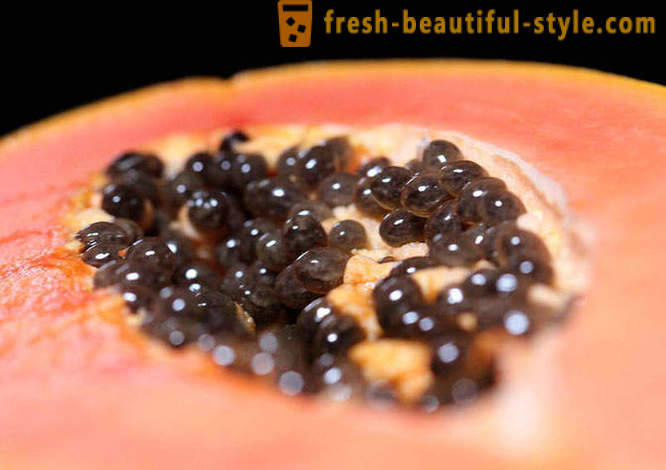
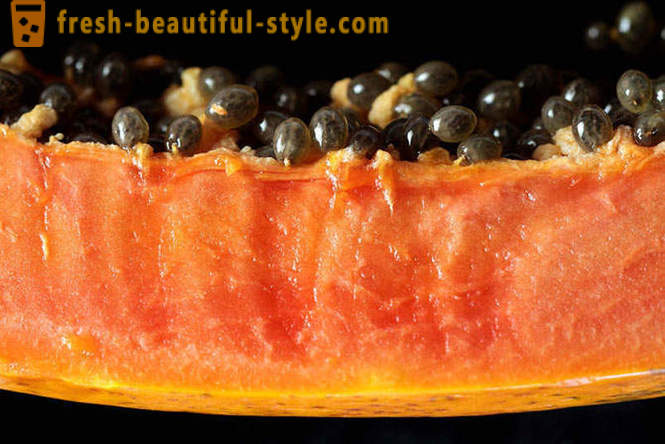
Peanut Butter Fruit - a close relative of the Barbados cherry. Although the inside is not as juicy flesh, but very sweet, reminiscent of the taste of dried figs with a taste of peanut butter. Eaten fresh, boiled jelly and jam. Especially combined with a milkshake. It grows in Central and South America.


Jamaican cherry in Central America, also called the Arbutus. However, Europe has its arbutus, so we will not confuse you. Fruit pulp contains a large number of seeds. Very sweet with a musky flavor. It grows in Central and South America.
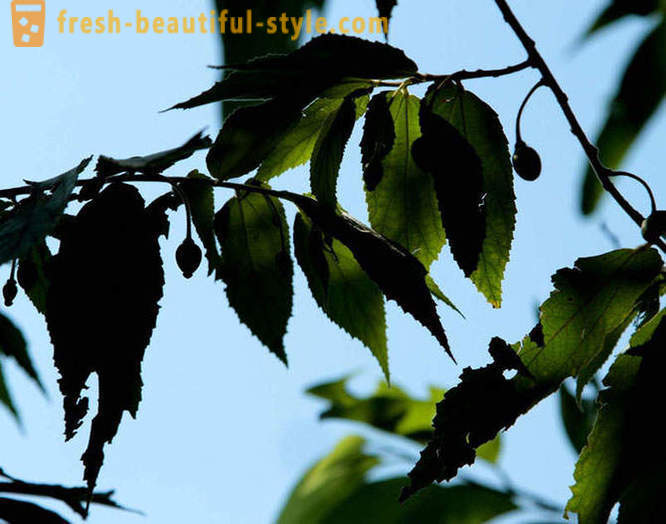

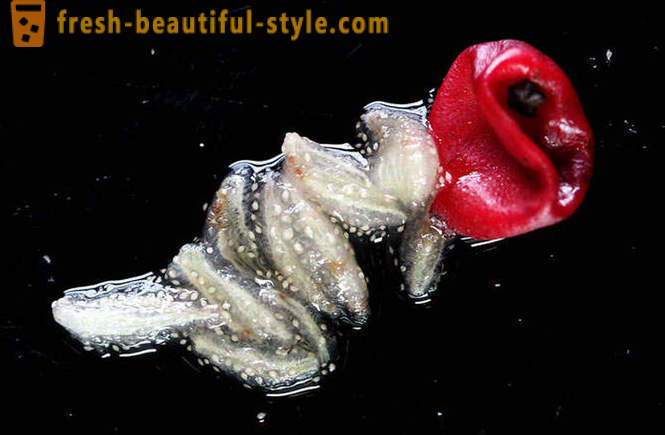
Passion fruit native to South America, but is now also grows in New Zealand, Oceania and Israel. It is believed that the taste combines the flavor of pineapple, citrus and guava.
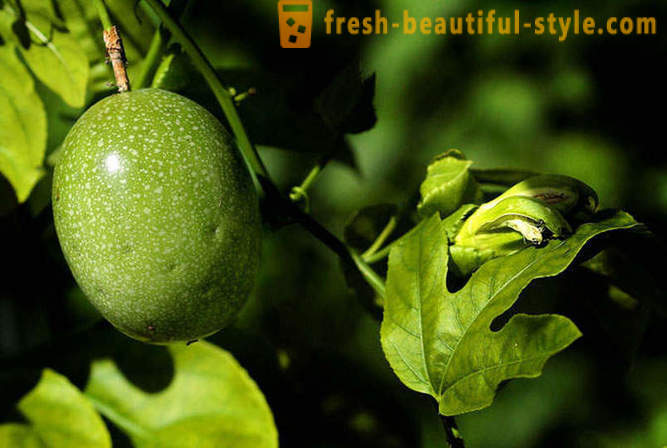

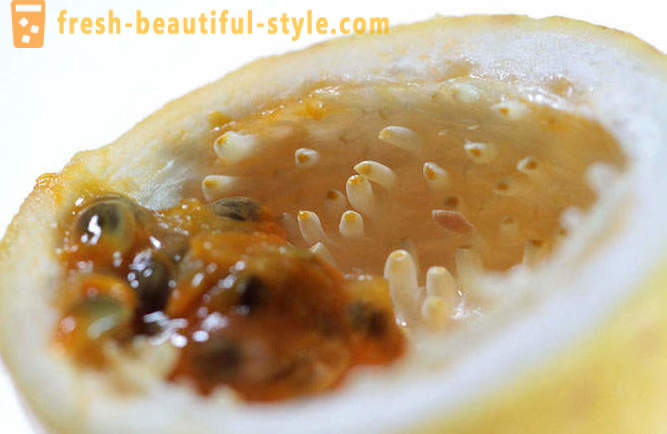
Zapote popular in tropical America and Southeast Asia. Also referred to as marmalade fruit, because Jelly pulp. Taste combines cherry almond, creamy and sweet tastes. Big potassium content.

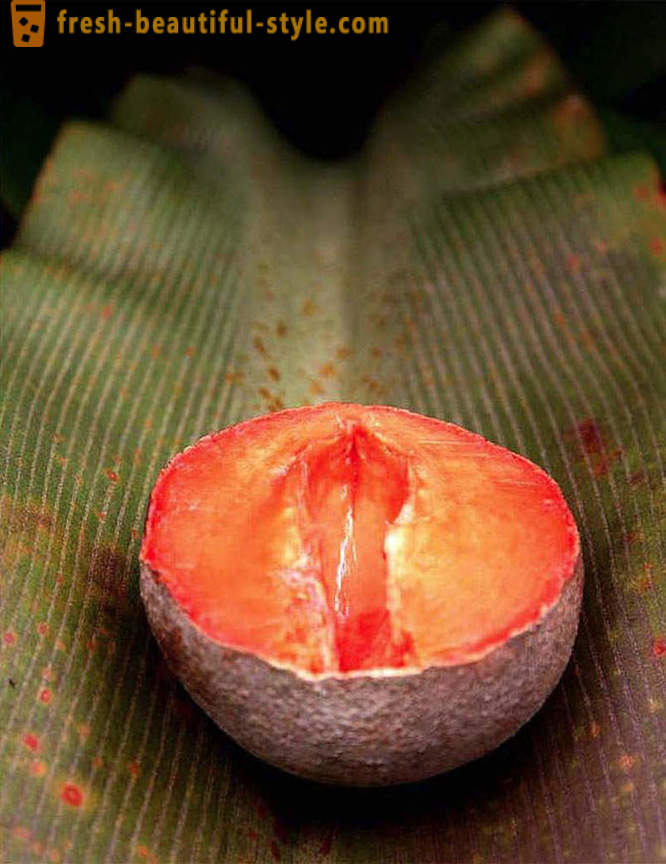
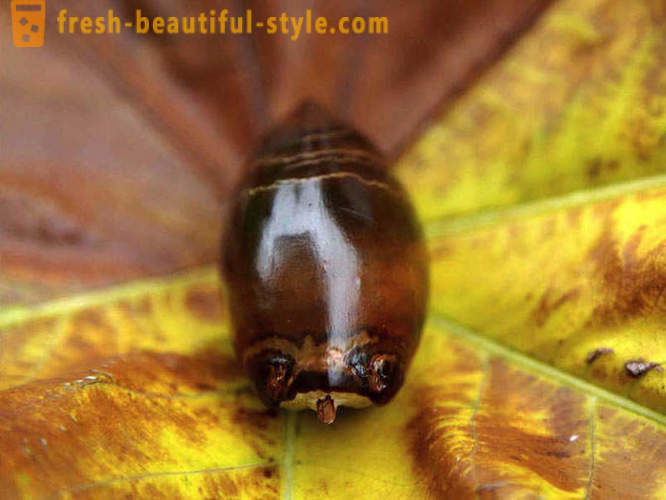
Sweet pitahaya - a relative of a cactus. The flesh of a little fresh. The most delicious chilled. It grows in tropical America, Australia, Southeast Asia and Oceania. Overeating can be fraught with mishaps.


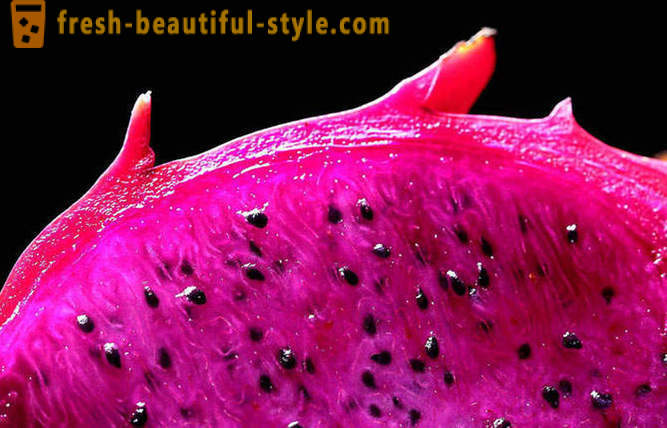
Sapodilla has about the same distribution as the previous view. In addition to its taste and raw materials for wine, it is known as a source of latex used to make chewing gum. The flesh is very sweet and pleasant to the taste. It used in both fresh and for making sorbet and juices.
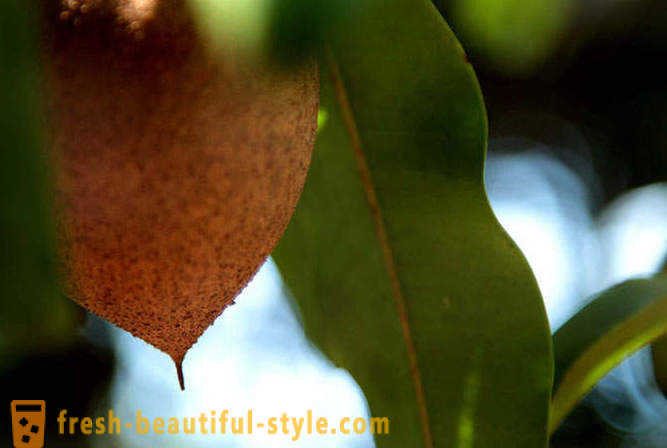
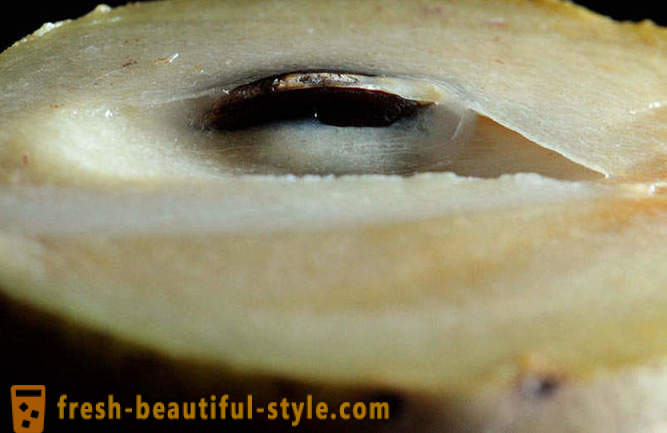
Tamarind grows in almost all tropical countries of the world and has several varieties. it is often called tamarind. Eaten fresh and added to food as a seasoning. The pulp is rich in calcium, iron, thiamine and riboflavin.
